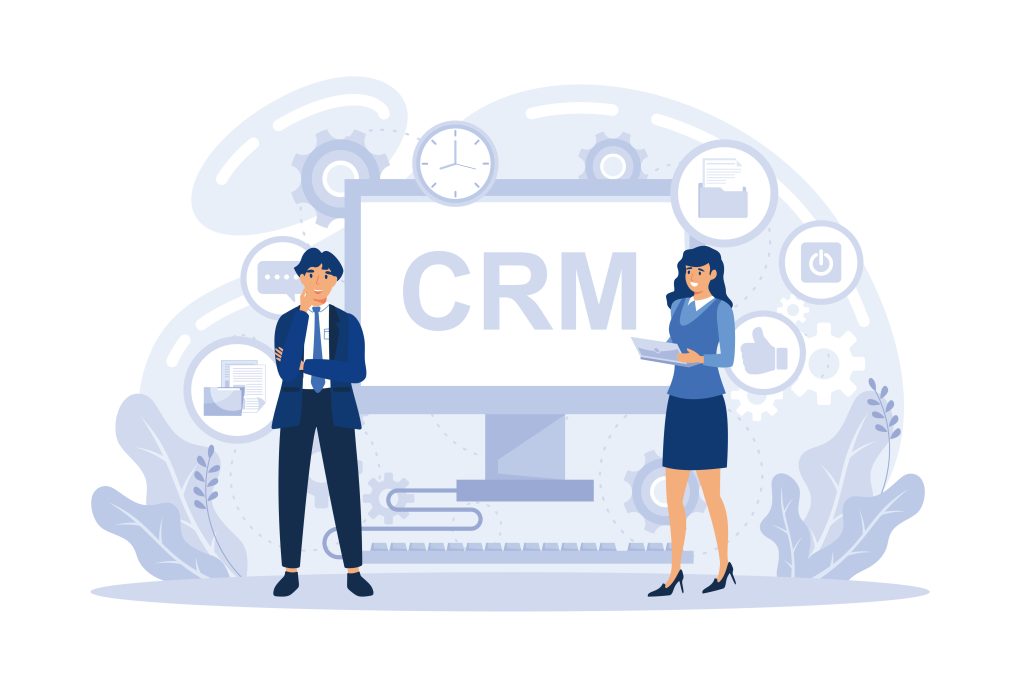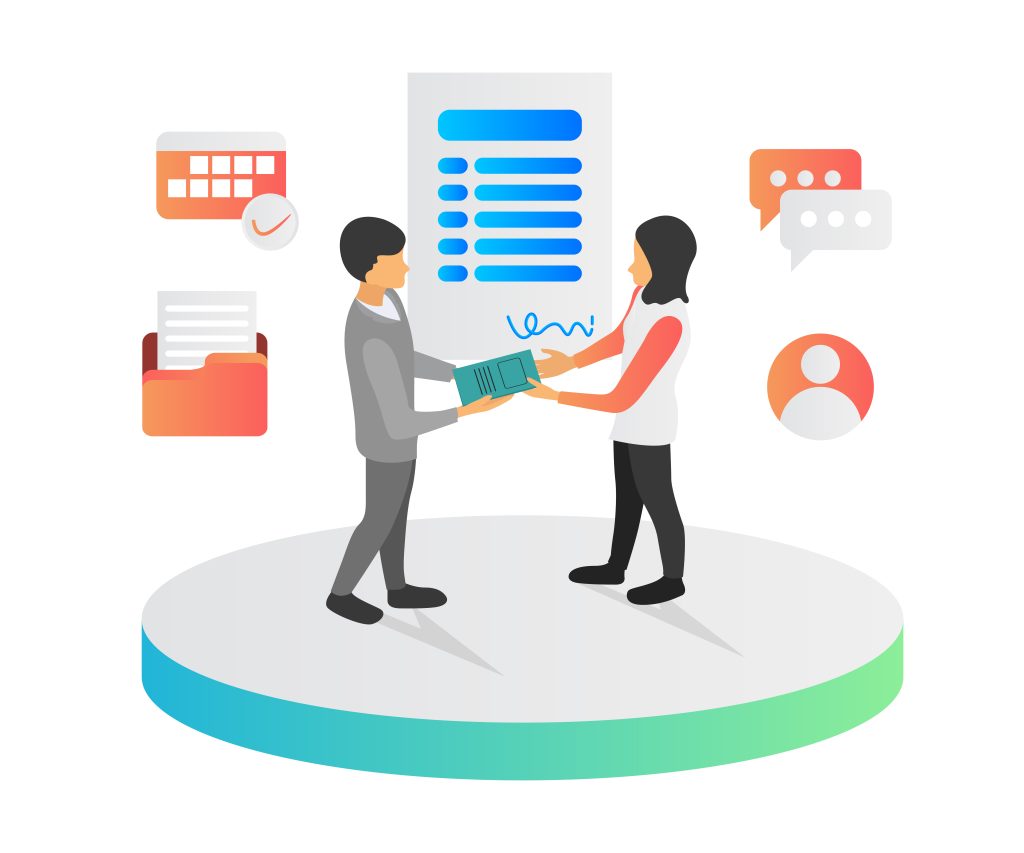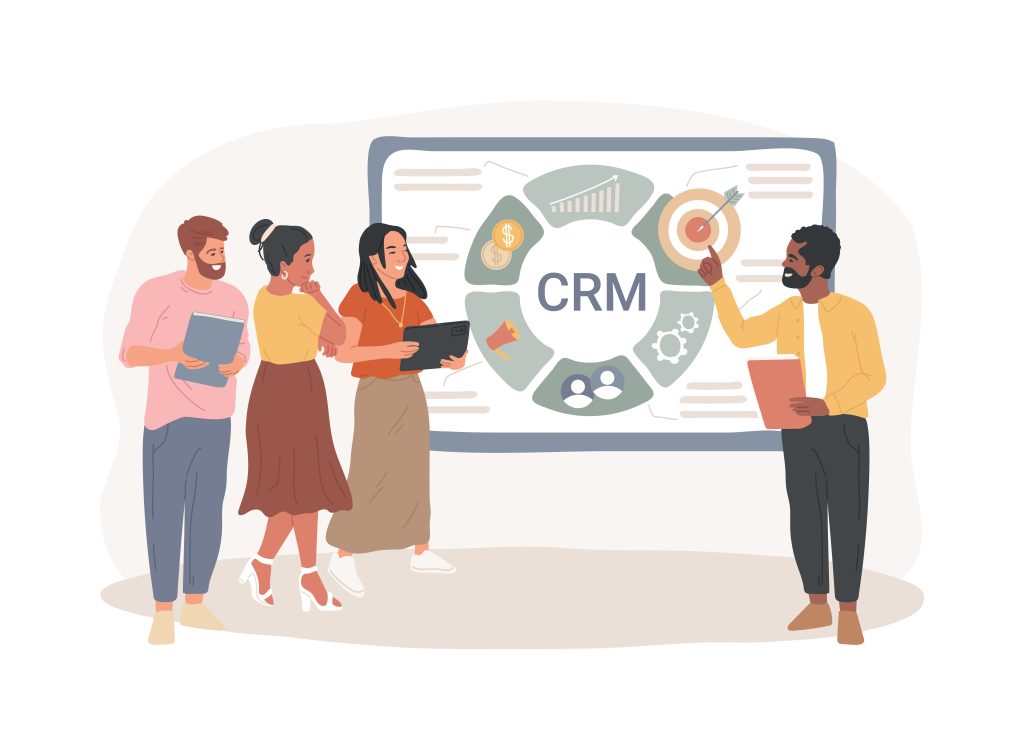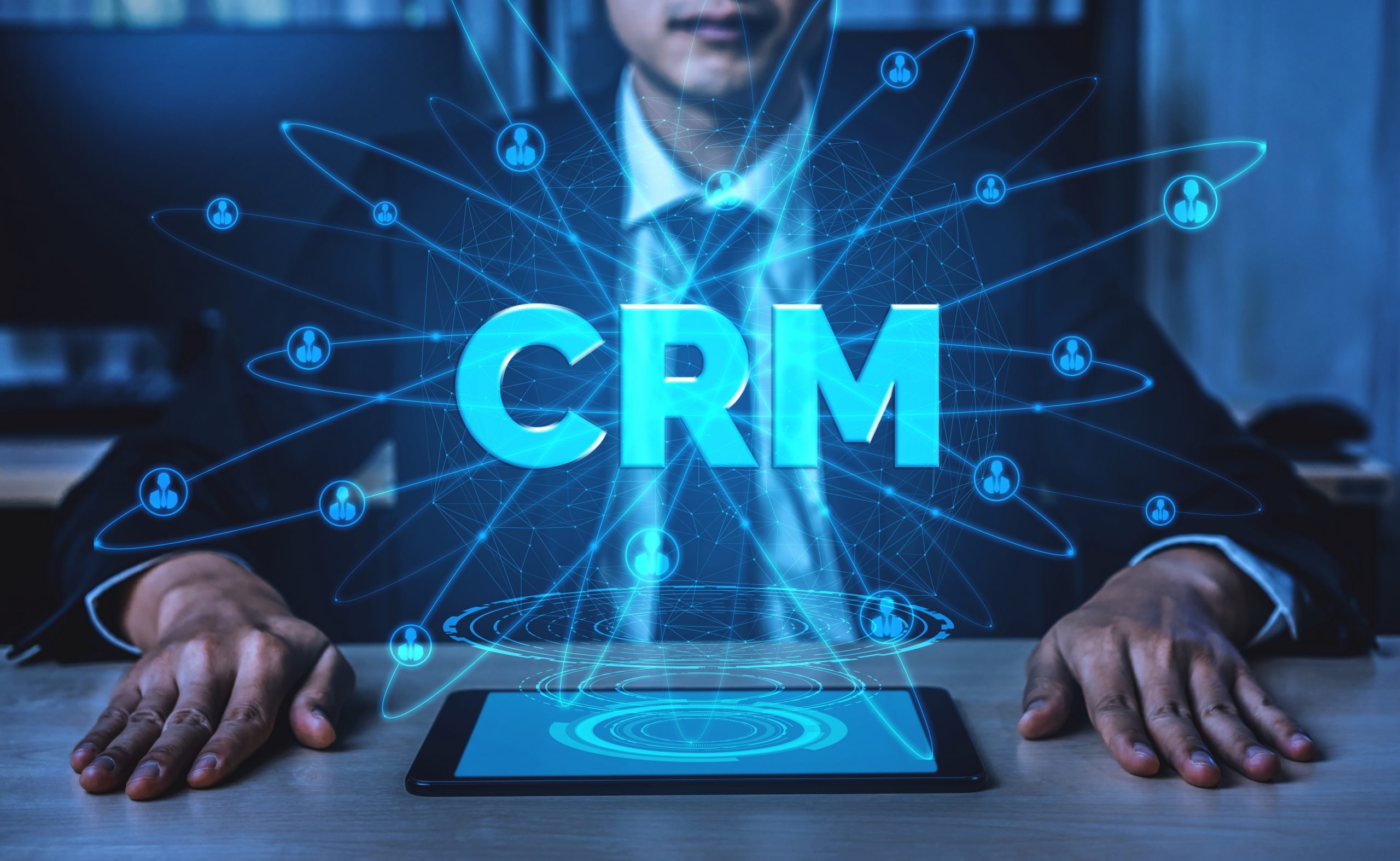How good do you feel when you receive a text message saying you have received a 10% discount coupon for a meal? One such text message during your lunch break or dinner time compels you to think about going out for a meal or ordering in. These messages are an example of enhancing customer experience. Food delivery apps like Swiggy, Zomato, etc. tend to delight their users with such texts. It’s a perfect example of customer-centricity. It is very important to consider your customer’s happiness and interests while curating any strategy. A customer-centric strategy helps a business enjoy a great deal of customer loyalty as well as profits.
Dive into this blog to learn more about customer-centric strategies and how it can impact your business:

What does customer-centric strategy mean?
A business approach or strategy that prioritizes the needs, interests, and preferences of its customers is a customer-centric way of doing business. A customer-centric approach focuses on understanding customer behavior, accessing feedback, and tailoring products and services to meet customer needs and expectations.
Firms aim to build a strong and lasting relationship with their customers by utilizing a customer-centric strategy. It also leads to increased customer satisfaction, loyalty, positive referrals, and in turn higher revenue and performance.
Importance of Customer-centricity
When you put the focus of your business on customers, and combine it with customer relationship management (CRM) your business reaches new heights and grows substantially. Many research studies have shown that customer-centric organizations are far more profitable than other companies. Moreover, 80% of the companies compete based on customer experience only.

Major business improvements are made while keeping customers in mind. A company that understands its audience’s demands and implements changes in its products and operations that go a long way. A few advantages of customer centricity are listed below:
- Creating high-quality products for customers
- Build brand-customer relationships
- Improve customer satisfaction through feedback
Hurdles of Customer-centricity
Despite numerous benefits that come with being a customer-centric company, it has its own set of challenges. Here are a few of them:
Balancing Short-Term Gains with Long-Term Relationships:
Striking a balance between immediate revenue and long-term customer relationships can be tricky. While satisfying immediate demands is essential, it’s equally important to invest in customer loyalty for sustained success.
Data Management and Privacy Concerns:
Handling customer data responsibly and ensuring compliance with privacy regulations can be complex. Maintaining a high level of data security while utilizing it effectively for personalized experiences is a delicate balancing act.
Consistent Customer Experience Across Channels:
Providing a seamless experience across various touchpoints, including in-store, online, mobile, and social media, is a considerable challenge. Ensuring that customers receive consistent messaging, service, and support requires careful coordination.
Employee Training and Alignment:
To truly be customer-centric, every employee must understand and embody the customer-first philosophy. This necessitates thorough training, ongoing reinforcement, and a cultural shift within the organization.
Managing Customer Expectations:
Meeting or exceeding customer expectations consistently can be demanding. As customers’ expectations continue to evolve, staying ahead of the curve and delivering on those expectations can be a substantial challenge.
Dealing with Negative Feedback and Complaints:
Addressing dissatisfied customers and turning their experiences around requires finesse. It’s crucial to have effective complaint resolution processes in place to prevent negative feedback from damaging the brand’s reputation.
Scaling Personalization Efforts:
As a business grows, maintaining a personalized approach becomes more challenging. Implementing scalable personalization strategies that don’t compromise on quality is a significant hurdle.
Innovating for Customer Needs:
Anticipating and meeting evolving customer needs and preferences requires a constant drive for innovation. This may entail significant investments in research, development, and technology.
Measuring Customer-Centric Success:
Defining and quantifying customer-centric success can be ambiguous. Determining the right metrics and KPIs to track, and interpreting them accurately, is a complex task.
Competing in a Dynamic Market:
Staying ahead in a competitive landscape requires continuous effort. Adapting to changing market conditions and consumer behaviors while maintaining a customer-centric approach demands agility and strategic foresight.
Overcoming these challenges requires a concerted effort from the entire organization, strong leadership, and a genuine commitment to prioritizing the customer’s needs and experience.
How to Measure Customer Centricity

There are multiple metrics to measure customer-centricity. A few efficient ways to do so are by measuring net promoter score (NPS), churn rate, customer satisfaction surveys, and customer lifetime value (CLV).
Net Promoter Score (NPS)
Net promoter score (NPS) is a simple method of measuring customer happiness. It is done by asking questions like how likely a customer is to recommend to his family and friends, on a scale of 1-10. NPS data can help analyze overall customer satisfaction when combined with CSAT scores.
- Promoters (9-10): This score indicates the consumer is satisfied with your product or service and is more likely to recommend it and revisit your website.
- Passive (7-8): A consumer who rates this score is more likely to look for discounts and offers and might switch to the competitor for the product or service.
- Detractors (0-6): A detractor score indicates consumers are dissatisfied and might share negative feedback with their friends and family.
Churn Rate
The churn rate helps you measure the number of subscribers who have cancelled your subscription in a given time. It is a crucial metric for subscription-based services and helps to evaluate and assess where a business needs to improve. It is calculated as:
Churn Rate = Lost Customers ÷ Total Customers at the Start of Time Period) x 100
If your churn rate is not improving, it implies that your strategies aren’t working well for the customers.
Customer Satisfaction Score (CSAT)
Customer satisfaction score shows the level of customer service and satisfaction. There are various means to measure CSAT. You can do that by:
- Sending a survey or an email for interacting with customers and getting feedback.
- Getting answers through open-ended questions like: Did we meet your expectations? What did you like or dislike about the product or service?
You can calculate your CSAT score after receiving feedback from customers. Divide the total number of customers who are satisfied by the total number of responses and multiply by 100.
CSAT = (Number of very satisfied or satisfied customers/ Total number of responses * 100)
You can take the necessary steps after getting the CSAT score. If the score is low, determine the root cause and try to strategize your customer service.
Customer Lifetime Value (CLV)
Customer lifetime value is a very important metric in terms of customer satisfaction. It measures how much a customer has invested in your product or company. It tells the amount of revenue generated by a consumer.
Customer Lifetime Value (CLV) = Customer value * Average customer lifespan
If there is a consistent decrease in the CLV, you should check for CSAT scores. For low CLV, there is a greater chance that customers will switch to a competitor.
Tips on Customer Centricity
Every business aiming to succeed in today’s competitive market must focus on the customer. This means understanding and valuing their needs and preferences. Here are some tips to help you become more customer-centric:
Listen and Understand:
Actively listen to your customers. Pay attention to their feedback, comments, and concerns. Use surveys, feedback forms, and social media to gather insights about their experiences.
Empathy is Key:
Put yourself in the customer’s shoes. Understand their pain points, challenges, and expectations. Train your team to approach customer interactions with empathy and understanding.
Personalization:
Customize your products or services to meet the specific interests and needs of individual customers. Use data and analytics to create personalized experiences, such as product recommendations or targeted marketing.
Customer Journey Mapping:
Understand the entire customer journey from the first interaction to post-purchase. Identify loopholes, pain points, and scope for improvement to enhance the overall experience.
Continuous Learning and Improvement:
Regularly analyze customer data and feedback to identify trends and areas for improvement.
Use this data to tailor your products, services, and processes.
Empower Frontline Employees:
Train and empower your customer-facing employees to make decisions that benefit the customer. Provide them with the tools and authority to resolve issues promptly.
Transparent Communication:
Be transparent and genuine about your products, services, and policies. Communicate clearly, especially in cases where there are changes or challenges.
Measure Customer Satisfaction:
Use metrics like Net Promoter Score (NPS), Customer Satisfaction Score (CSAT), and Customer Effort Score (CES) to gauge customer satisfaction. Monitor these metrics over time to track improvements.
Anticipate Customer Needs:
Proactively offer solutions or suggestions based on your understanding of the customer’s preferences and history. Provide relevant information and resources before the customer even realizes they need it.
Adaptability and Flexibility:
Be willing to adapt your products, services, or processes based on customer feedback and market changes. Stay agile in responding to evolving customer needs and expectations.
Foster a Customer-Centric Culture:
Instill a customer-centric mindset throughout your organization, from top management to frontline staff. Encourage everyone to prioritize the customer’s perspective in decision-making.
Reward Customer Loyalty:
Implement a customer loyalty program to show appreciation for repeat business. Offer incentives, discounts, or exclusive perks to loyal customers.
Stay Ahead of Trends: Keep an eye on industry trends and emerging technologies that could impact your customers’ preferences and behavior. Be prepared to adapt your strategies accordingly.
Wrapping Up
Remember, becoming more customer-centric is an ongoing process that requires dedication, continuous learning, and a genuine commitment to meeting the needs of your customers. If your audience is happy, they will keep your business going!
Understanding and structuring your business around customer centricity is a tough nut to crack. Customer relationship management is a very important part of your business. Visit our website and make it more manageable!
All images belong to their respective owners. Please email [email protected] if removal is required.




